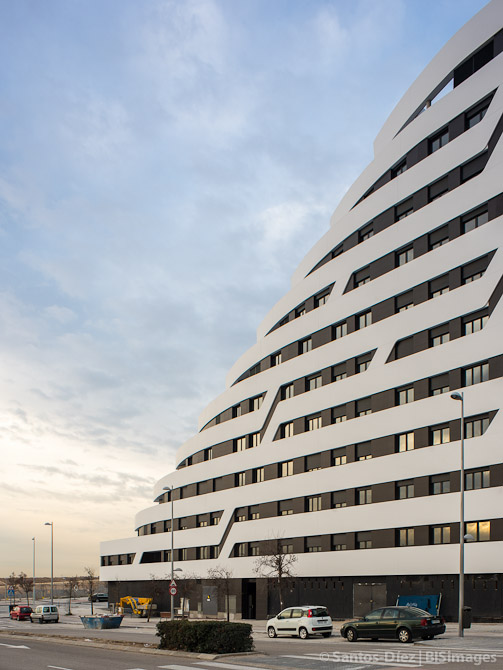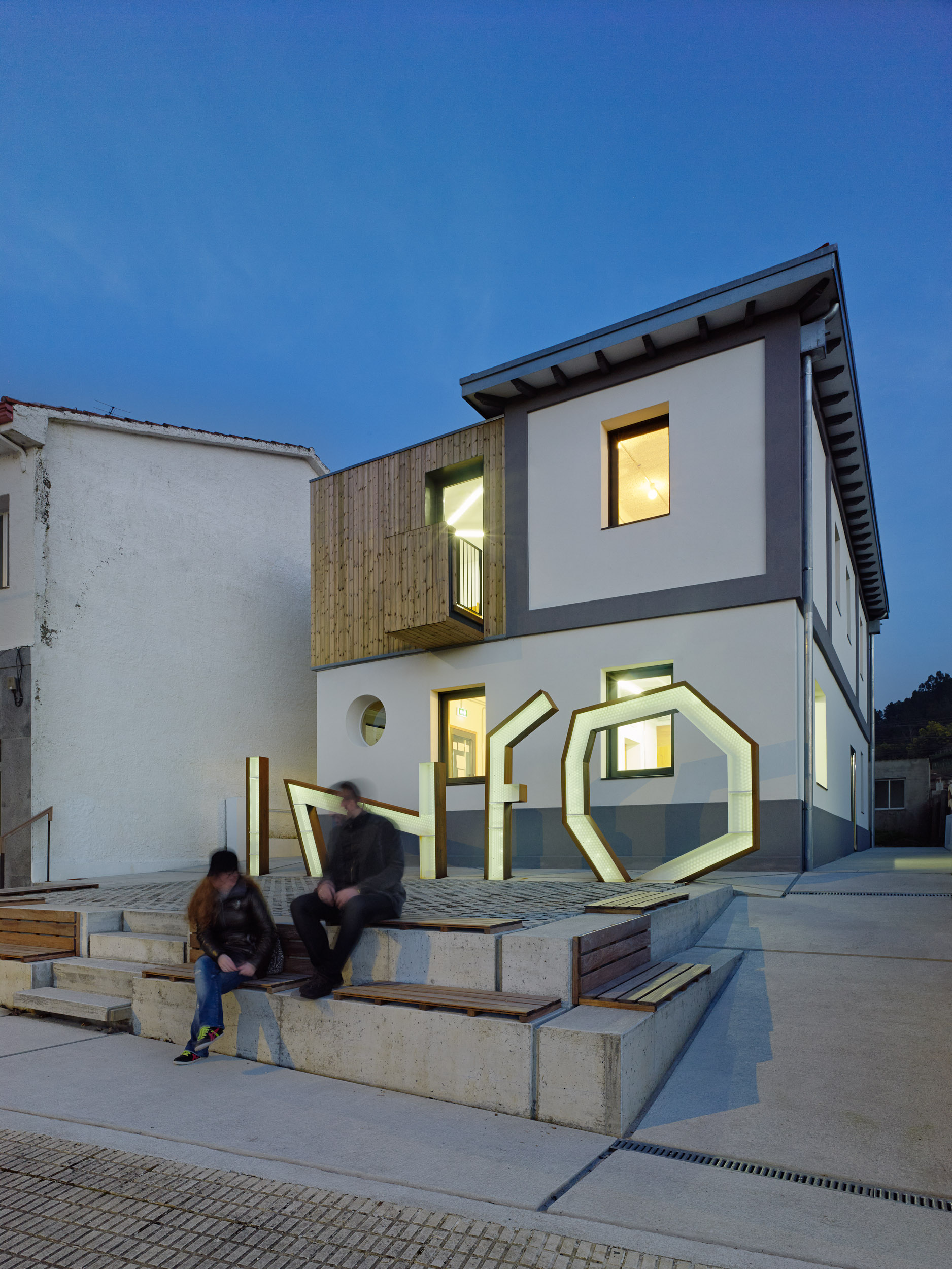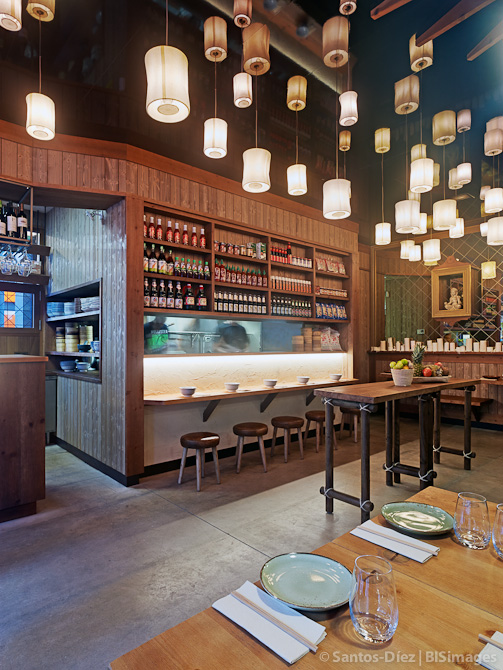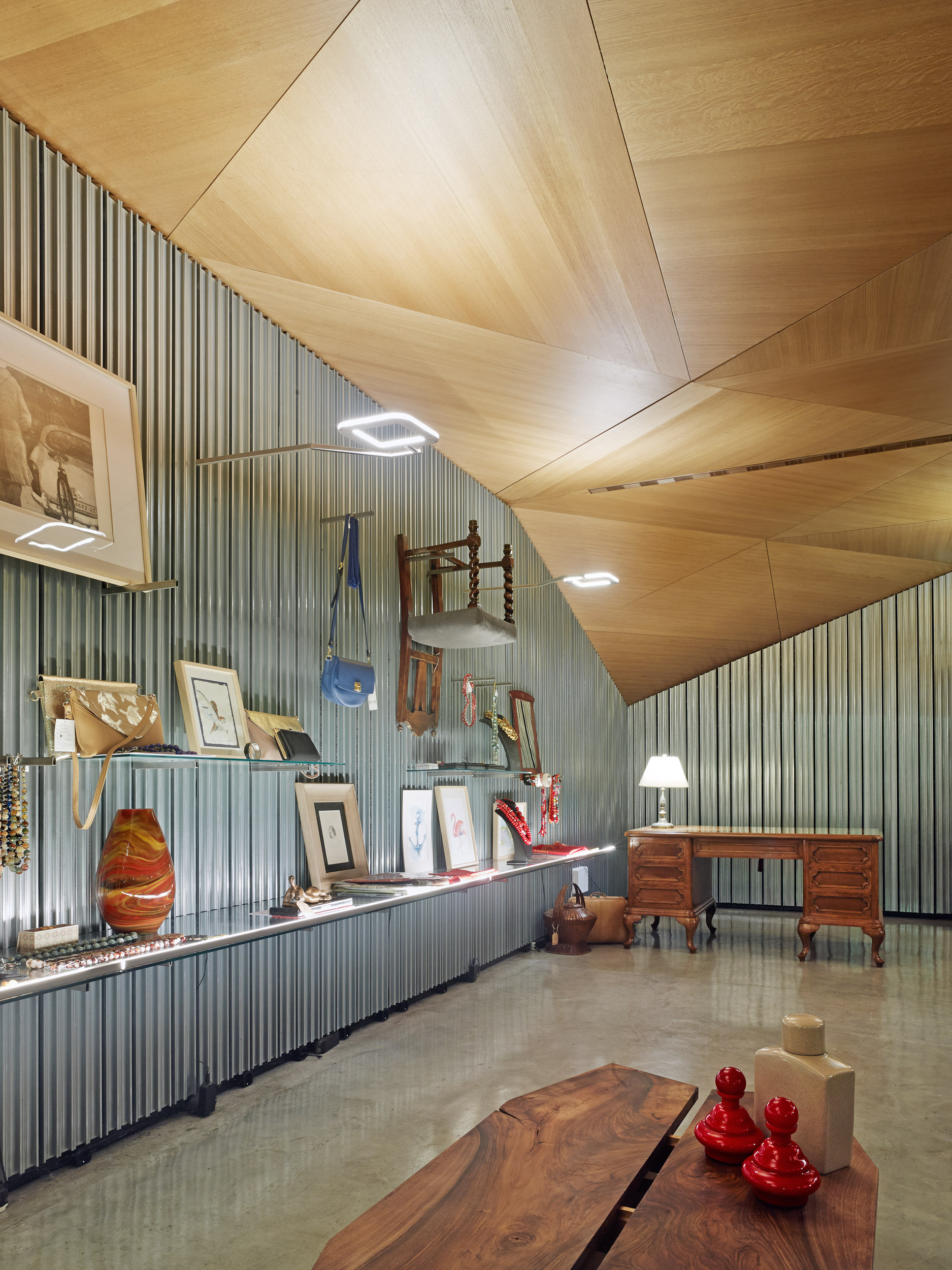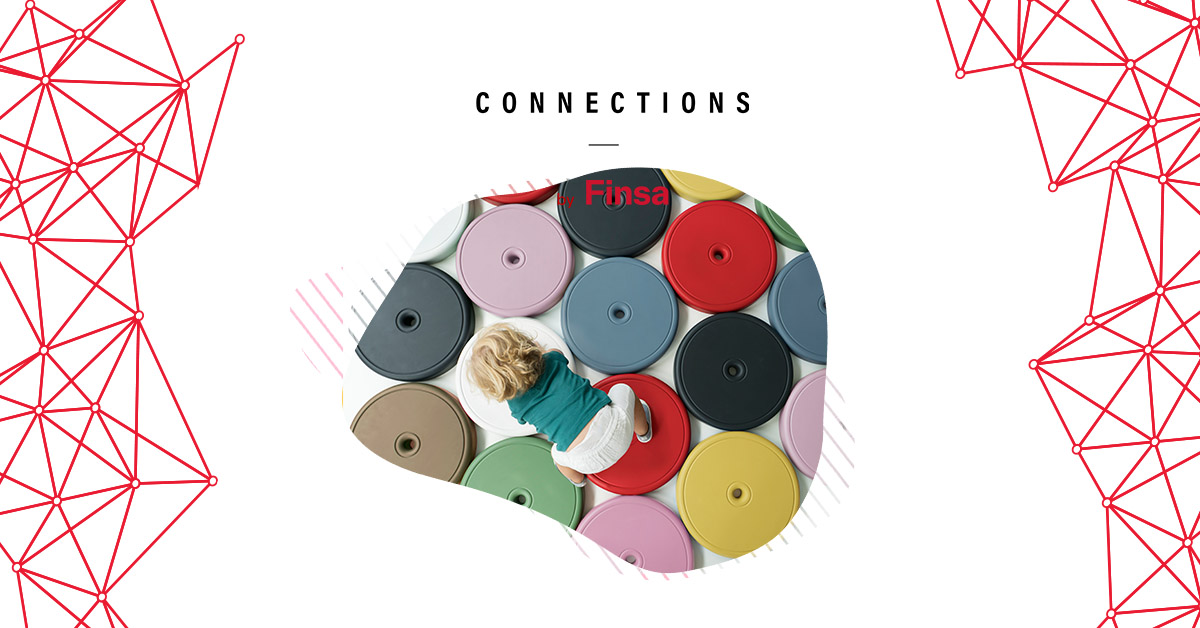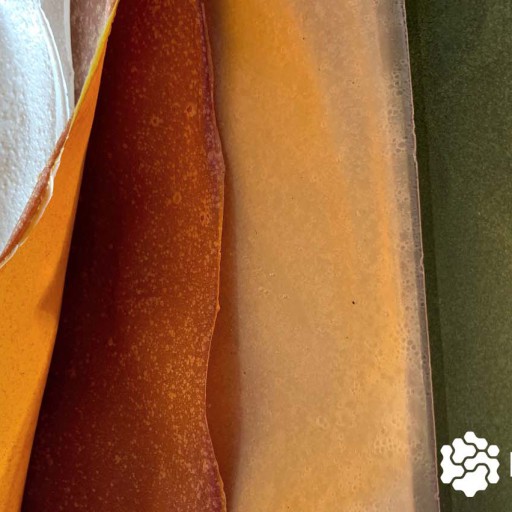Héctor Santos-Díez knows how to photograph architecture very well. He was going to be an architect, but something that started as a way to earn some extra money while he was studying became the reason that he never finished his degree. Now we can see his photos in the best architectural and design magazines. Héctor has the gift of good architectural photographers that know how to translate the essence of a building through their images. It’s a gift with years of practice behind it. Today he connects us to his world.
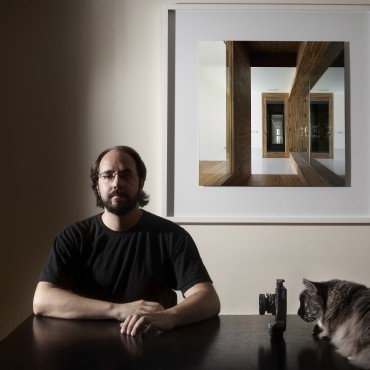
- How much time does it take to prepare a photo story and what is your process?
It depends on the type of building, the goal of the story, and what is trying to be achieved. Logically, I don’t devote the same amount of time to a flat or a shop as I do to an office building, a healthcare centre, or something similar. I often finish a complete feature about an isolated building, from a single-family home to a building that isn’t excessively big, in one day. That gives me the option of being there during the entire path of the sun.
That’s when the peculiarities start. If they ask for photos in the sun, in the rain, during the day and the night, we’re talking about several days. Or if they want the building without furniture but the exterior isn’t finished I would visit twice, once for photos of the interior and another time for photos of the exterior.
- What degree of freedom do you have in your work?
There’s a bit of everything, from clients who simply give me the location of the building and how to get in, to others that specify certain viewpoints that they would like to have.
- Which part of the process do you enjoy the most?
Taking the photos, without a doubt. Taking photos of a good building, without furniture, without being in a hurry, listening to music on my headphones…It’s not that I don’t like taking photos of furnished spaces, but when they buildings are empty I feel that my work is more purely architectural. You only have the light and the architecture to frame the scene. I like simplicity.
However, if I were to only photograph buildings without furniture I would get sick of it. Another good part of this job is the variety. If I tie down several jobs in houses when a community centre is built I really appreciate it. And the reverse is also true.
Noallo neighbourhood centre, MOLarquitectura. Photo: Héctor Santos-Díez- What is the key to a photo story?
The keys to a photo story are unity and the story, by which I mean that the group of images must be allowed to explain all the noteworthy aspects of that particular architectural work. The photo story must be something more than just a collection of pretty photos. You must try to capture iconic photos, which almost summarise the project, along with others that are purely descriptive. But they must also be as visually pleasing as possible.
In one photo in particular the team might restrict you, but you have to know what you can do and what you can’t. You have a certain freedom of choice when it comes to the time and light, although perhaps they might only let you in to take photos on a specific day and there isn’t enough time. The viewpoint and the composition, deciding what is included and what isn’t included in a photo, is up to you. Choosing the height of the viewpoint is paramount to me. Dealing with all of these variables, that all influence each other, shapes our photo.
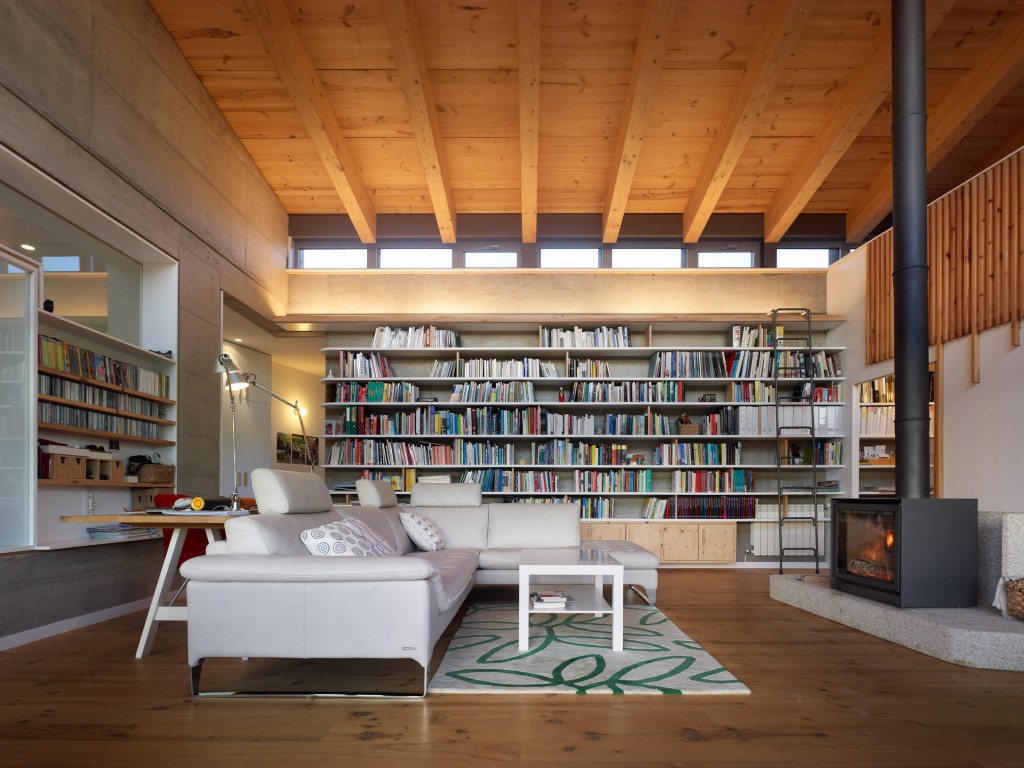
- How do you relate the more artistic part of photography with the more utilitarian side of showing the ‘product’?
I must always be conscious of the fact that what I am doing is facilitating documentation for an architect or a company so that they can show off their work and explain their ideas. I don’t complete a job thinking of the artistic side. If there is a photo that might have some added value as a singular image outside of the context of the photo story, then great. I don’t think it’s art in the context that I work in, at least not in the way the art world uses architectural works to develop its own ideas.
- Could you say that architectural photography shows the building in its ideal state?
Yes. Generally, it’s like that. You go to the building when it’s all new, choosing the best light, the best perspective…and then the visitor, sometime later, perhaps on a horrible day, when they’ve added things to the building or they’ve filled it with furniture that doesn’t make sense…and they tell you that the photos aren’t real. Yes and no. Both are real. Like when we want to take a photo of ourselves: better to take one smiling and well-groomed than just after we’ve woken up and with an angry face.
But you also have to understand what is meant by the “ideal moment”, which may never exist. If you are an architect and they don’t let you choose the furniture the ideal moment is probably when the building is empty. Even though the landscaping may not be finished or the trees won’t grow until a year later. Or maybe you think the ideal moment is when the building has been used for a while because you believe that interaction with the user is what gives life to the architecture.
- Do you prefer photos with or without people?
I don’t have a preference. It’s just another resource. Sometimes it seems we take too many photos of people and sometimes it takes the limelight away from the reason for the photo. I’m quite pragmatic. If I spend the whole day in a closed building, I’m not going to take photos with people, while if I have to photograph a station which is in use, there will probably be people in the photo. In both cases I try to get the best possible results from the situation. And then there’s what the client asks of me.
- Is the architecture and construction world aware of the importance of a good photo story for the promotion of the project?
In general yes, although there are some exceptions which stand out. From the crisis onwards, competition increased and those who weren’t worried about publicity started to value it and to understand that they could do amazing work but if they show it off in a disastrous photo they are shooting themselves in the foot.
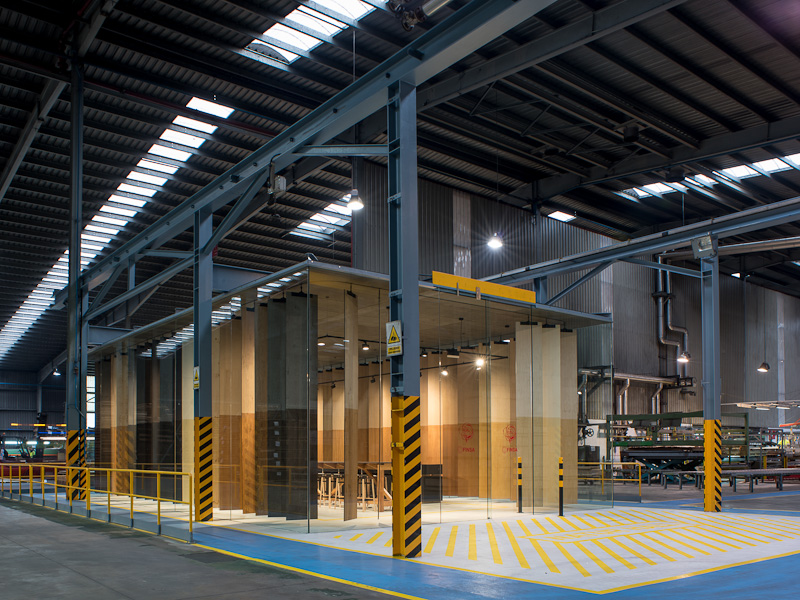
- We have read that you sometimes teach. What do you learn from the students? What advice do you give to those that are just starting out?
You learn to analyse everything when teaching courses or giving talks. If you want to convey what you do you must analyse how and why you do certain things that you’ve sometimes internalised and do without thinking.
I often tell students to follow a similar process, to look at their photos as critically as they would look at photos taken by others, that they try to go further and think about why they like a photo or how they believe it was taken.
- Aside from architectural photography, do you have any other projects in the works? Where will the future take you?
Fortunately professional photography takes up all my available time. I’m not developing any other projects in parallel and I don’t feel it’s necessary either. The future? I hope to keep progressing. I’m starting to make more videos, which is a parallel field and we’ll see if it ends up being complementary.
- Who are your points of reference in architecture? Which architectural professional would you like to work with?
I don’t have a dream job. Perhaps doing a photo story about a classic building from the Modern Movement which is in good condition. Something like Ronchamp by Le Corbusier.
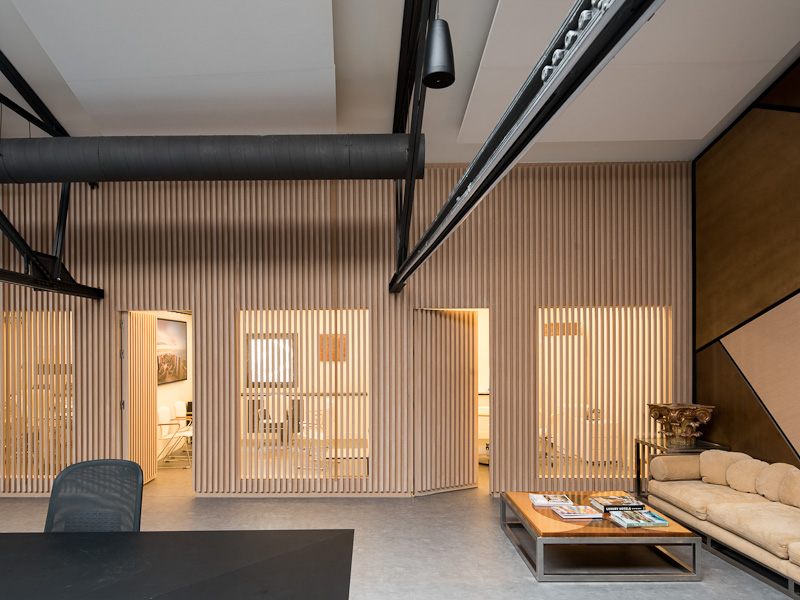
Inndex Showroom. Photo: Héctor Santos-Díez
- What inspires you every day? Do you have a ritual, do you consult a particular publication that’s like a bible for you?
-
The day-to-day steamrolls everything sometimes. There often isn’t time for many things but I try to look at the work of other photographers or read what they have written. On one hand there are the classics, mainly Ezra Stoller, and on the other hand there are my contemporaries, mainly on the internet. I often look for the work of photographers that do things differently to how I do them to open my mind. The use of colour, contrast, or anything that attracts my attention because I don’t usually do it that way. For example, the use of black and half-light by Kenji Masunaga. I also enjoy the work of photographers in the art world who use architecture as part of, or as the setting for, their discourse, like Crewdson, Höfer etc.
David Frutos also deserves a mention. He is my partner at BISimages and he has to be the photographer whose photos I have seen the most. I am sure that he has influenced me both consciously and unconsciously. I notice his way of placing people, how he places himself with respect to the direction of the light etc.
- How do you connect with what interests you? Are you more digital or analogue?
-
I use the internet quite a lot to look at current things. It’s inevitable: it’s convenient and it’s fast. However, I like books. There aren’t a lot of books about architectural photography, but over time I’ve created my own little collection: Stoller, Shulman, Korab, Fernando Guerra, Gursky, Hervé…
- And how do you disconnect in order to regain your strength so that you can continue working?
-
Relaxing is quite easy. When you get a call to take photos of a good building or a type of building that you haven’t photographed for a while it recharges you.
I disconnect by reading, listening to music…and if I go on holidays I hardly take photos.
- If you hadn’t become a photographer, do you think you would have ended up being an architect or would you have done something else?
-
I would like to think that I would have finished my degree and that I’d be an architect, because the truth is I had never even considered being anything other than an architect. Not even a photographer. But who knows.


